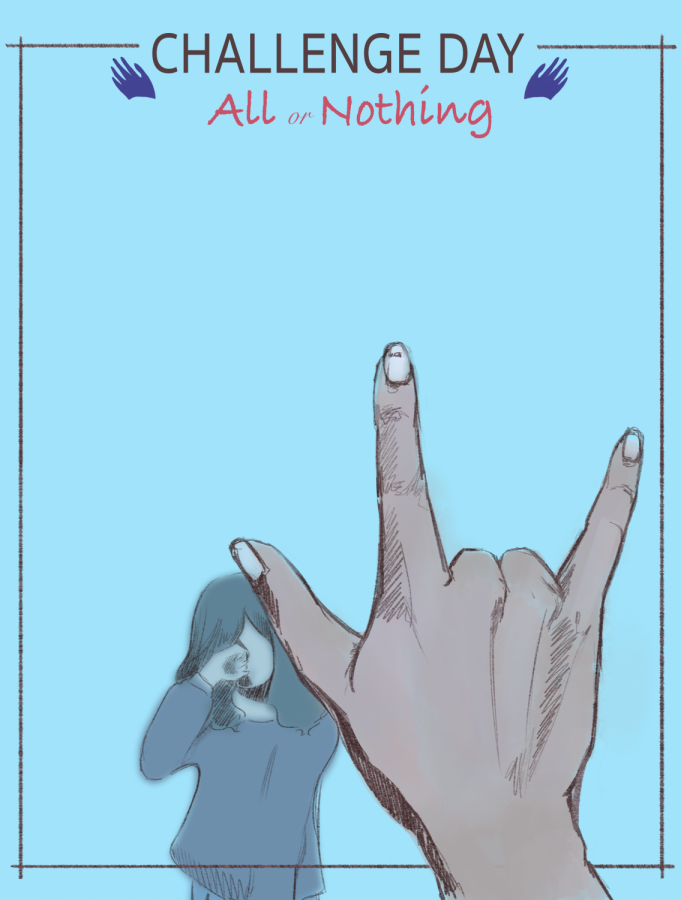Challenge Day: All or Nothing
February 10, 2019
Be the change that you wish to see in the world. These were the words Challenge Day brought to Los Altos in my freshman year, and they had a lasting impact on me. Throughout the full day, we were led by Challenge Day leaders to participate in bonding activities such as “If You Really Knew Me” and “Cross the Line.” After Challenge Day, I learned to value my friends more and to be comfortable with sharing my feelings with more people. Like me, many others said that they enjoyed the overall experience.
This year, I attended the Challenge Day Assembly, which contrasts with the Challenge Day I previously experienced. It was underwhelming compared to the full Challenge Day because of its lack of interactive activities as well as its shorter duration.
Challenge Day is worth it only if our school goes the full mile by providing a day-long Challenge Day for all students rather than just having a full Challenge Day for freshman and short assembly for sophomores, juniors and seniors. If the school wants to influence students to act and be motivated to make a difference in their community, then having the full day is a better route to go.
The event I remember the most from my first Challenge Day was “Cross the Line,” where a line was drawn out of tape, and participating members crossed it whenever the leaders said a statement that they experienced before. It pained me when the leaders told us to cross the line if we never had a real friend at school, and I saw a student in my English class do so. I sent her the American Sign Language sign for “I love you.” After the event, I hugged her for as long as I could; it’s almost as if I felt the goal to not let people like her be lonely ever again.
As mentioned above, upperclassmen were given the Challenge Day Assembly treatment. It felt like a sped up version of what Challenge Day should be, but it didn’t actually include any of the impactful activities done during the full day. Rather than being able to experience the true sense of what Challenge Day was like, I felt unimpacted.
Instead of “Cross the Line,” we had to stand up or stay seated depending on the scenarios the leaders presented. “Cross the Line” was stronger as an event because I was able to see and make eye contact with the people on the opposite side. Standing up out of our seats made me uncomfortable and too conscious of my surroundings. It made me feel judged, rather than its intended opposite effect.
Although this mini-Challenge Day was impactful on some, if we were given more time to reflect and were in a smaller group of people, I would have felt more comfortable. Overall, the experience of the assembly became disappointing after experiencing a full Challenge Day.
Having Challenge Day for freshman makes sense, but instead of having a Challenge Day Assembly for upperclassmen, the school should reinforce the lessons we learned from Challenge Day in freshman year to truly promote this idea of inclusivity across all grade levels. In the future, we should look towards alternatives that may be just as effective, such as doing our own “Cross the Line” events in class and having time to get to know each other.





